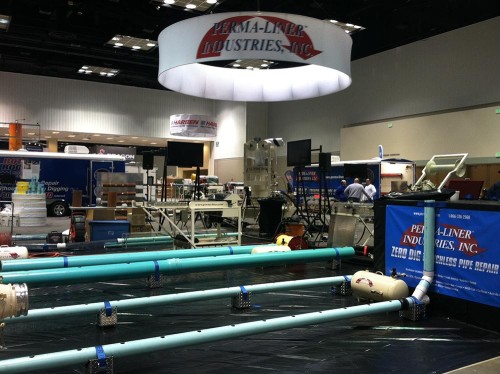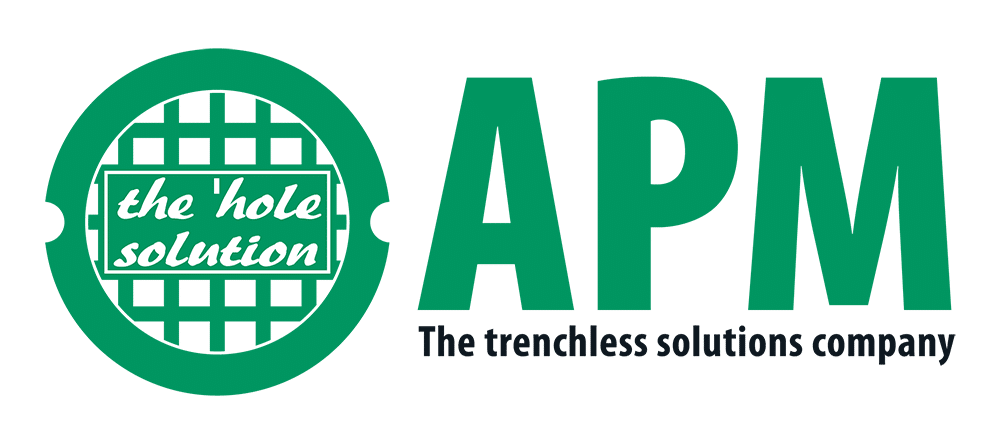Detroit has initiated an interesting and wiggly way of re-energizing a vacant lot: worms. Workers with the non-profit Greening of Detroit scattered 85,000 worms onto a newly tilled vacant lot. The worms, if they do their job as planned, will burrow several feet into the ground, loosening up the soil and thus allowing rainwater and snowmelt to filter down into the dirt instead of running off into nearby sewers. The agenda is to prevent wet weather events from entering the city’s overburdened combined sewer overflow system and to contribute to saving millions of dollars in big-pipe sewer infrastructure. This single vacant lot in the 8800 block of East Forest is one of numerous pilot sites where forward-thinking Detroiters are experimenting with new uses for some of the city’s numerous vacant lots. Finding ways to keep rainwater out of sewers is just one of many new ideas for reusing vacant lots. The city is aiming to provide resources and education to residents for more creative initiatives, as well as, offering suggestions for neighborhood volunteers get started. There’s an estimated 24 square miles of vacant land in the city. Some examples of using existing infrastructure and beautifying the area neighborhoods would be to plant hedges and trees on vacant lots and then sell them or create a “basement raingarden” to transform the basement area of a recently demolished house into a series of stepped raingarden tiers which could be accomplished with the help of a professional.
Alternately, the city is looking for ways to divert rainwater with blue infrastructure. This refers to the practice of diverting rainwater and snowmelt from the city’s combined sewer system into ponds, fields, and other more natural settings. Blue infrastructure systems mimic the natural setting that Europeans found when they first arrived in Detroit three centuries ago.
























